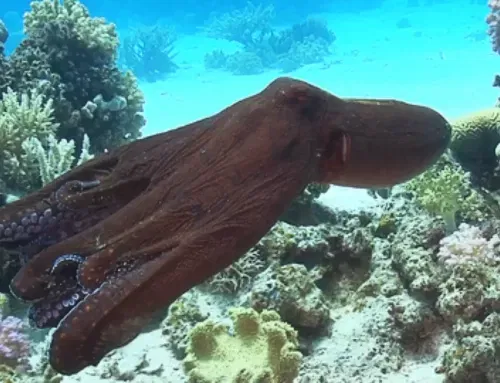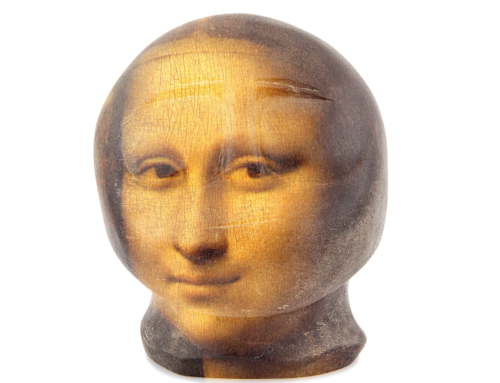“Junk,” said the garage mechanic as he tried to salvage a junky forty-year-old car. “I’ll keep some parts that may be useful and dump the rest in the junkyard.”
I felt less certain about discarding useless stuff, considered junk by most people, as I sifted through the apartment of my wife’s brother, Larry, in Austin last week preparing it for sale. Larry, a physics professor at the University of Texas, had passed away a week earlier of congestive heart failure. He was 77, too young to die in my opinion. Much of what looked like junk probably didn’t to him or he would have discarded it. There was the tarnished tag of his beloved golden retriever, and random newspaper clippings that captured his attention filed almost at random. I began to see junk more subjectively, more repositories of memories than purposeful objects. I didn’t know which of Larry’s “junk” to keep and which to discard, because I realized that these relics were not junk; they were his life.
The week Larry died I was in Israel celebrating the Bat Mitzvah of my son’s daughter, Klara, in Jerusalem at an extension of the western wall. I saw old rusted tanks along the corridor as we traveled from Tel Aviv to Jerusalem, leftovers as reminders of Israel’s 1948 war of independence. The junk tanks were historic bastions of honor that stood proud.
Junk was getting increasingly hard to define.
In northern Israel we spent a day at Sde Eliyahu, an orthodox kibbutz founded in 1939 by Jewish refugees from Nazi Germany as a tower and stockade settlement. Today the kibbutz is a beautiful, thriving agricultural community pioneering organic farming. The guide stopped in front of the elementary school of the kibbutz, and what did I see? Junk: barrels, broken ladders, discarded furniture, inoperable baby strollers.
“We used to throw all this junk out,” said the guide, “until we realized how useful it could be for the elementary school children.”
“How’s that?” I asked.
“Oh, it’s only junk to us, not to the kids. They use their imaginations to build structures with it. Look there, in the corner. See? It’s a car with a seat and steering wheel. That’s what the kid told me he made from the junk.”
I didn’t quite visualize the car, but that’s the point. It was junk to me, but opportunity to the kid, a chance to imagine and build and play with ideas. I love it: junk as fodder for the imagination, raw material for another world. Isn’t that what art is all about: seeing beyond the obvious? Creating with what’s there?
We next went to Mt. Bental in the Golan Heights, and what did we see? Metal sculptures made by Joop de Jong, a Dutch/Israeli sculptor from Kibbutz Merom Golan, lining the path to the top. I show here a creature and a man. I believe these were made from metal remains of the Yom Kippur war of 1973 against the Syrians. These were no “kids-play.” They were creative art from discarded pieces of junk: art rising from the ashes of war.
From Mt. Bental we proceeded to the Nimrod Fortress, the largest 13th century crusader-era castle in Israel. An earthquake in the 18th century demolished the old castle, turning it into ruins of a past era. But I saw isolated corners as art from ruins, nothing to do with their original intent. I took a picture of the remains of a “window” from which enemies could be viewed without danger. Today the beautiful construction, some 900 years old, is an expression of human history – a form of art. It’s never too late to transform bits and pieces, junk and debris, into art.
But I turn to my sister, Jephta, to show the most formidable art made from scraps of junk. She picked out scrap metal – pieces of discarded junk – and transformed them into remarkable sculptures that are presently in her home. I show here a life-size giraffe that took her two years to create, a hippopotamus that rests in its home of gravel simulating water, and a creature of repurposed-scrap metal arising from her imagination.
Junk? What’s that?






I struggle with this at work. As a special collections librarian I have to decide what parts of people’s family donations are important for history, and what parts are “junk”, which of course are not “junk” to the family! I’m currently working with a collection of government documents and wondering if any of them are worth keeping. If I could make art out of people’s family history, my job would be 10 times more interesting!
Hi Sara, I just read your comment about my art from junk blog (better late than never!). It is difficult to know what anything can become at a later date; the future is unpredictable. Go with your gut, I guess. You can’t keep everything. Perhaps you can find a place where a lot can be stored. If so, I think the most important thing would be to keep a dated list with a few remarks about each. Then you would remember what’s there and be able to show the list to others and get input. You might end up with some interesting collaborative projects!